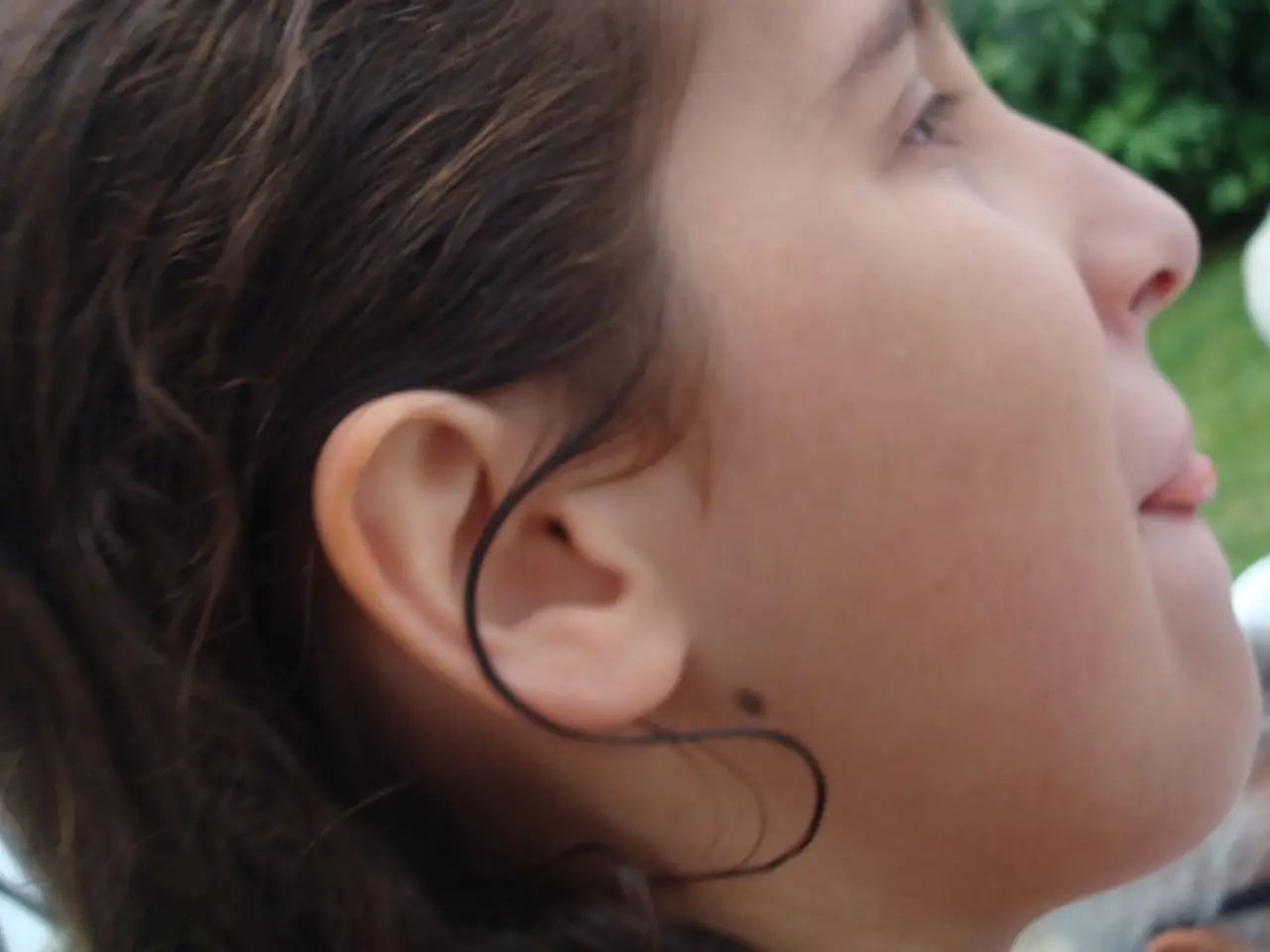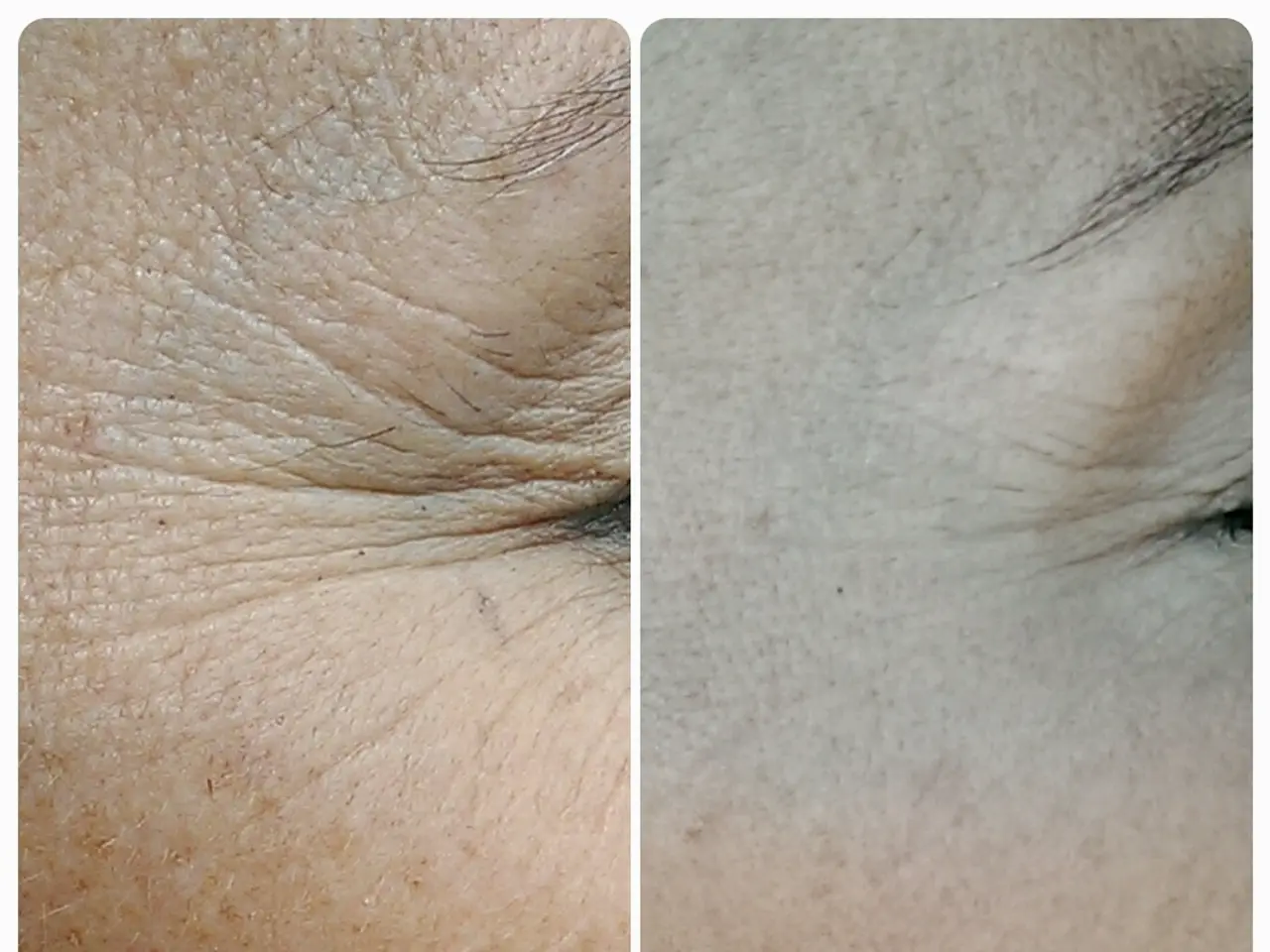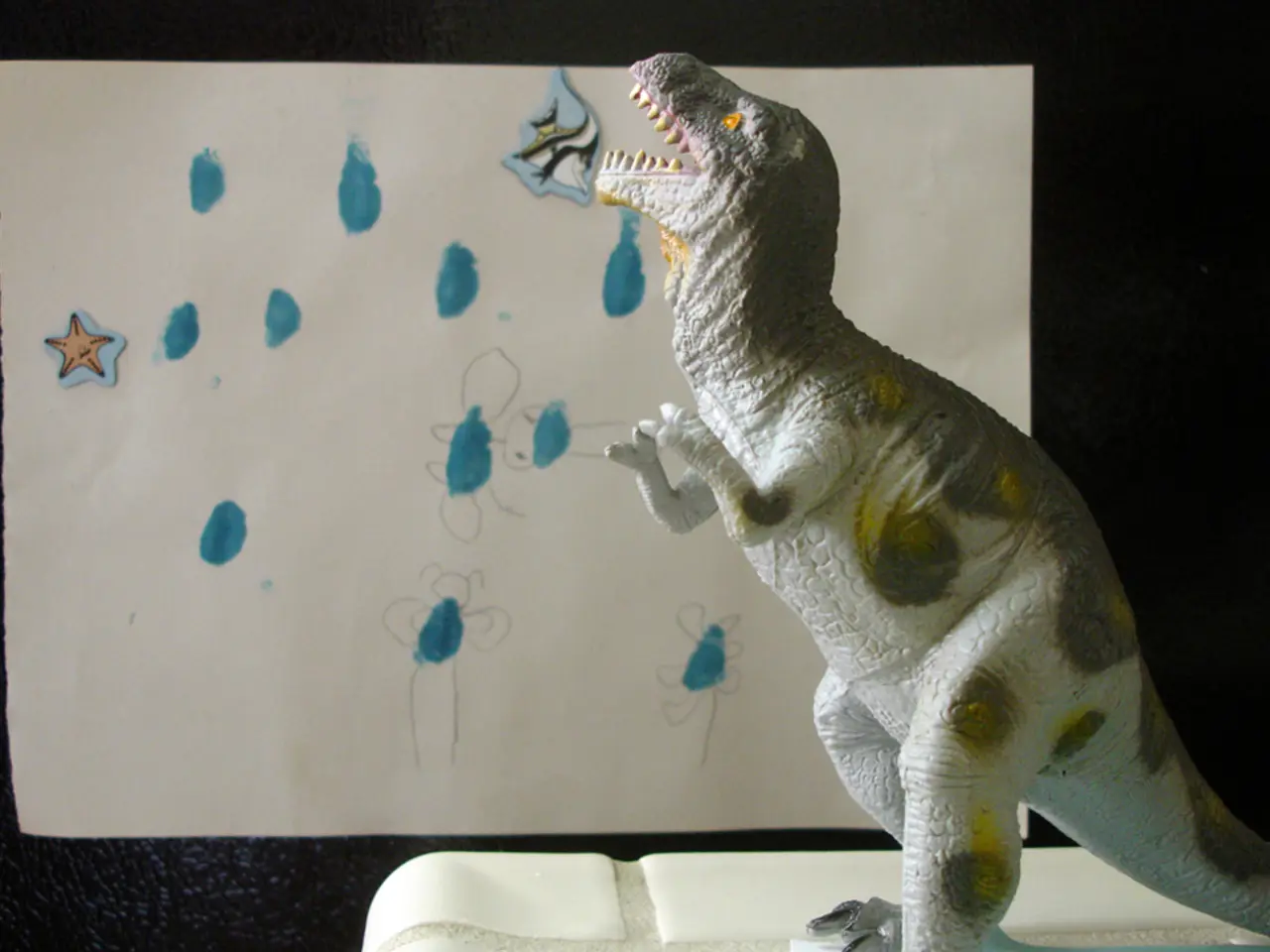Spots on the skin known as petechiae: Understanding their origins and remedies.
Petechiae, small, red, purple, or brown patches on the skin caused by bleeding beneath the surface, can be a concerning symptom for many individuals. These tiny spots, typically up to 2 millimeters in diameter, may indicate serious underlying health conditions.
While petechiae can occur due to various factors such as sunburn, vigorous exercise, local injury, and certain medications, their appearance could potentially signal more severe conditions. Some of these serious medical conditions include vasculitis, infectious diseases, thrombocytopenia, acute-on-chronic liver failure, sepsis, and meningococcemia.
Vasculitis, an inflammation of blood vessels, can lead to leakage of blood into the skin and the formation of petechiae. This condition can be triggered by autoimmune diseases. Infectious diseases, such as Epstein-Barr virus (EBV) infection, can also cause petechiae due to either an immune response or direct vascular damage.
Thrombocytopenia, a significantly low platelet count, can result in petechiae and bleeding problems, necessitating urgent evaluation. Acute-on-chronic liver failure can disrupt blood vessel integrity, resulting in petechiae, which might be a sign of clinical deterioration.
Sepsis and meningococcemia, life-threatening infections, may present with petechiae accompanied by fever, rapidly spreading rash, or other bleeding signs such as bleeding from the gums, nose, or joints. These symptoms require immediate emergency evaluation.
Other conditions that may cause petechiae include trauma, allergic reactions, abnormal blood vessels, medication side effects, and certain autoimmune diseases. Because petechiae can signal serious underlying issues, especially when associated with systemic symptoms like fever, vomiting, or rapid heart rate, immediate medical assessment is advised.
Treatment for petechiae depends on the underlying cause. A doctor may prescribe antibiotics, corticosteroids, medications to suppress an overactive immune system, chemotherapy, biologic therapy, or radiation to treat an underlying condition causing petechiae. If petechiae are not the result of an underlying condition, resting, drinking lots of fluids, and using pain relievers such as ibuprofen (Advil or Motrin) or acetaminophen (Tylenol) can help.
It's essential to maintain good health and hygiene to reduce the chances of developing petechiae and to avoid medications that may cause them. If a person experiences confusion, loss of consciousness, high fever, extreme bleeding, very low or high blood pressure, severe headache, or any other concerning symptoms alongside the appearance of petechiae, immediate medical attention is necessary.
In summary, petechiae may indicate serious conditions such as vasculitis, severe infections (e.g., EBV, sepsis), thrombocytopenia, and liver failure. Timely diagnosis and treatment are crucial to address these potentially life-threatening causes.
- A predictive sign of autoimmune diseases like vasculitis might be the emergence of petechiae, tiny purple or brown patches on the skin.
- Dermatitis, an inflammation of the skin, can sometimes manifest as macular petechiae, indicating a potential underlying condition.
- Some individuals with atopic dermatitis, a chronic skin disease, might experience petechiae as a symptom, requiring mental-health and skin-care therapies and treatments.
- People with HIV, an infectious disease, might develop petechiae as a result of damage to their blood vessels, potentially signaling degeneration in their health-and-wellness status.
- Type 2 diabetes, a chronic disease, can sometimes lead to the development of petechiae, indicating potential complications with the disease.
- COPD patients, being predisposed to dry skin conditions, might experience petechiae as a symptom, necessitating consideration of their skin-care regimen.
- Preparing ahead (prep) by knowing the potential causes of petechiae and understanding when to seek medical attention is an important part of maintaining good health and wellness.
- Science has made strides in diagnosing and treating conditions that cause petechiae, such as creatinine level checks for potential liver problems and blood smear tests for thrombocytopenia.
- Poor mental health, often characterized by depression, can weaken the immune system, making an individual more susceptible to conditions that cause petechiae.
- Regular health assessments, including check-ups for potential underlying conditions, can help prevent the development and progression of diseases that may lead to petechiae.




